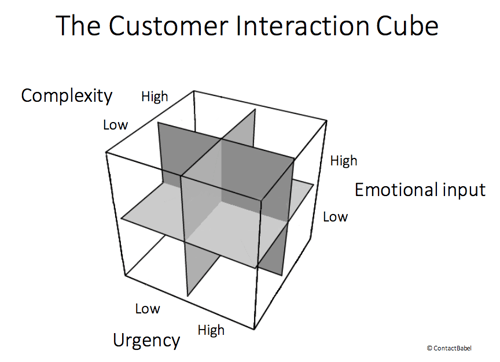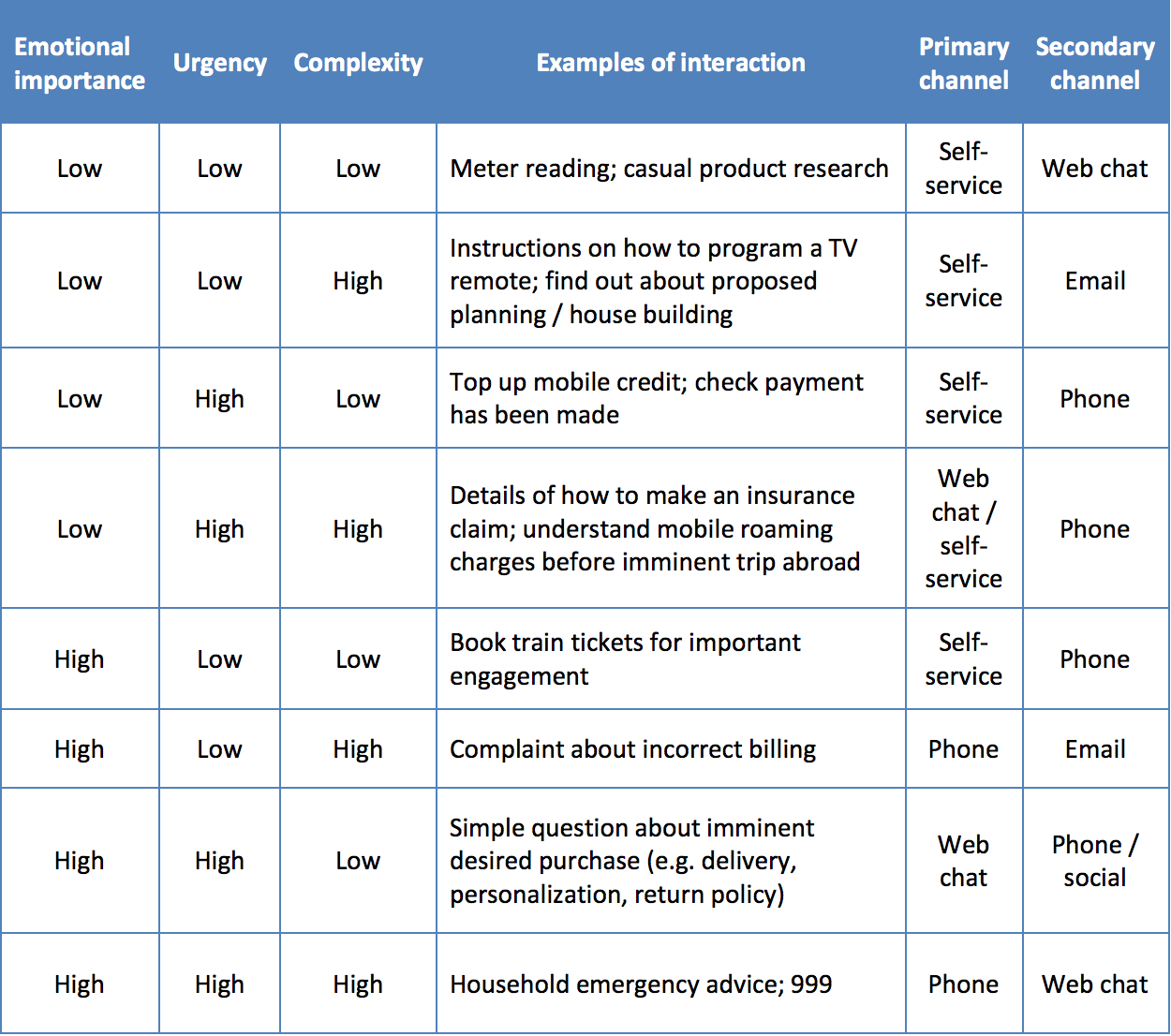
The ways consumers interact with omnichannel contact centers has become increasingly more complicated in the last decade. Products and services have become more advanced and require a higher level of support. Because it is a consumer’s market, where people are presented with numerous options from which to select, customers are holding businesses to higher standards when it comes to customer experience.
Customers want to connect with companies whenever and wherever from the channel of their choice. Consumers are beginning to expect an easier mobile experience, which includes connecting with banks in-app, receiving dentist reminders via text message, and asking about return options on a store’s Facebook page or Messenger.

The reason customers are communicating over more channels than ever before is because different channels lend themselves to different types of interactions. For example, a simple balance request and an urgent call about a personal loan application are very different types of interactions and would most likely happen over different channels (i.e., mobile versus phone). If you want to provide the highest level of customer satisfaction, you may be interested in which channels are best for which types of interactions.
ContactBabel’s report, The US Contact Center Decision-Makers’ Guide 2018-2019, explains how the complexity of the inquiry, the emotional input, and urgency all play a role in which channel is preferred. Together, these elements form the “Customer Interaction Cube” shown.

When emotional importance, urgency, and complexity are all low, customers will typically try to resolve problems on their own through self-service channels. If self-service fails, they may likely reach out over a mobile channel or web chat. An example of this may be casual product research. The figure below from the ContactBabel report shows the eight different outcomes of the Customer Interaction Cube with interaction examples.
It is important to equip your agent with the technology and tools they need to communicate over all the channels your customers are looking to use. It also may be beneficial to train agents on which channels are best suited for different types of interactions so that they can seamlessly escalate customers to a more appropriate channel. Provide channel switching options to customers as well, such as a button in your web chat that allows customers to call or video chat with the same agent they are talking to over chat.
Interested? Read the ContactBabel Omnichannel report with statistics on the barriers of omnichannel, predictions on the changes in channels over the next 12 months, and statistics by channel and industry. Download the full omnichannel guide here.

